|
The standing forward fold position also know as uttanasana is one of the foundational postures of yoga. The pose name uttanasana comes from the Sanskrit root "ut", which translates as powerful or intense, and "tan" which means to stretch or lengthen. While we often refer to the pose by it's shape, the forward fold, its actual meaning is "intense pose". For anyone with tighter hamstrings, they can certainly feel the sensations in the back of the thighs lives up to the name. Although many people feel the stretch strongly in the back of the thigh, this position when practiced with proper alignment and attention stretches the entire back body line from the soles of the feet, up through the calves, the infamous hamstrings, the glutes, muscles of the back, and lengthens the neck. The Sanskrit word uttanasana comprises ut, which means “intense,” “powerful,” or “deliberate,” and the verb tan, meaning to “stretch,” “extend,” or “lengthen.” Uttanasana is a stretch of the entire back body You do not have to touch the floor to do the pose! Start where ever you are and do a little bit at a time to build up your flexibility. While it is OK to put some effort into the position and feel some stretch sensations, avoid overdoing it. It is better to do a little bit at a time over a long period of time with consistency so that we may increase mobility gains while avoiding injury. Note: This pose is not recommended for people with low back problems without the guidance of an experienced yoga teacher. How to do Uttanasana
0 Comments
Parsvakonsasna or the side angle posture is a foundational standing posture. The lower portion of the pose is set up the same as the often more familiar posture virabhadrasana b or Warrior 2. This posture functions as a hip and shoulder opener, strength builder, and a powerful spinal opener. It also creates space for the internal organs while stretching the fascia of the shoulders and belly. Although there is a lean to the side, strictly speaking, side angle is not a side bend. Instead the upper side of the waistline contracts to keep the sides of the torso even. It strengthens the obliques when properly executed. You may still feel some intense side body stretch within the strength as the arm reaches alongside the ear where the lat stretch occurs. Modifications may be made if there is excessive tightness in the shoulders or and injury in the area as well as different variations to accommodate tightness in the hips.
Upward-Facing Dog or Urdhva Mukha Svanasana is a active position that awakens upper-body and quad strength, and offers a good stretch for the chest and abdomen and hip flexors. This position may be performed as a solo pose in a yoga sequence, but it is most commonly found link with a series of other positions run in a flow called a vinyasa, such as Sun-Salutations. Upward facing dog differs slightly from the alternative positions also used in flows such as Cobra Pose (bhujangasana), Sphinx Pose, or Seal Pose (Yin Version). Unlike these other versions of similar spinal extensions aka back-bends, Upward Facing Dog Pose more vigorously activates the muscles to lift further from the ground with straight and powerful arms combined with the press of the feet onto the earth while straightening the legs with engagement in the front of the thighs (quads) to float the hips off of the ground. All of this energy gives more space to reach more deeply into the back-bend. This position offers incredible opportunity to strengthen the back body while opening the front body. Benefits: Stretches the chest, shoulders, abdomen, front of the hips, and spine. Strengthens the back, abdominal muscles, arms, and legs. How to:
Modify this pose by coming into cobra pose or seal pose until you’re ready to lift through your legs (keep your legs on the floor and lift through your chest and belly). As you’ll notice, the poses are quite similar aside from the positioning of pelvis. In a vinyasa sequence, there is always the option to swap upward facing dog for cobra pose until you feel ready for a deeper spinal extension. Maintaining engagement in the core muscles of the belly will help to stabilize the lower back as you lift. Try a challenge to build endurance. Note: Challenges can be fun, but never force a pose just to hit the time. If you need to exit the pose sooner you can always redo the challenge when you build more strength. Check with a qualified medical professional if you have health concerns. Yoga do not substitute for regular professional check ups with your doctor. 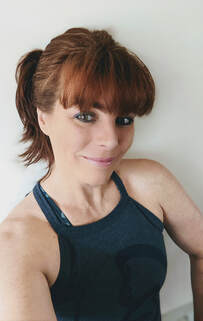 About Chris Loebsack
The name Malasana is from Sanskrit, mala, a garland or rosary and asana, a seat or posture. This pose also appears often in various forms of exercise simply known as the squat. There are several variations of this pose. Some have the feet together and others keep the feet wider apart, some squeeze the thighs into the arms while others engage the outer hips to keep the pressure off of the arms. The squat is a common sitting style in many cultures and countries. Western students often struggle with the squat pose as years of sitting in chairs have contributed to a combination of tightness and weakness in the ankles, knees, hips and low backs. By working on our squat we can reclaim a great portion of our strength and mobility, and gain better health in our pelvic floor and muscles of elimination that help to free up our digestive system. Benefits
Common Pitfalls
Step by Step How To
Modifications / Variations Step the feet wider Sit on blocks Place a blanket or rolled mat under the heels for support if needed. Feet together (knees wide) Half Bound Malasana Full Bound Malasana Hold the squat for 30-60 seconds, or try our squat challenge and build up to a longer hold! Author: Chris Loebsack
Añjaneyāsana, the lunge, also sometimes called crescent pose, features a kneeling back-bend with the thighs moving asymmetrically towards a front split. The pose may be done on it's own, or is often found in classical style sun salutations. Some variations keep the arms down and others lift the arms up as seen in the photo of Jennifer above. The position in Sanskrit is named after Añjani, the iconic mother figure of Hanuman (hanumanasana - the splits pose).
Benefits
Common Pitfalls
Step by Step Instructions
Hold Time 30 seconds - 2 minutes |
Boundless Yoga Staff & StudentsWe are continuously interested on how our reactions and responses to our personal journeys, albeit travel, adventure, new job, etc. mirror and reflect our social, emotional and spiritual ups and downs. We try every day to apply what we learn about ourselves on the yoga mat to our personal lives. Thank you for tuning in as we share some of those aspects with you. Archives
December 2022
Categories
All
|
- HOME
-
- Health Coaching w/ Jillian
- Book Club Discussion
- Spring '24 - Community Classes by Teachers in Training
- 4/2 - 4/30 (Tues) : Ashtanga 101
- 5/1 - 6/5 (Wed): Aerial Yoga Beginner Series
- 5/4 Introduction to Arm Balances
- 5/6-5/31 (Mon-Fri) : Morning Movement Challange
- 5/7 - 5/28 (Tues): Roll & Release Series
- 5/17- 5/19: Chair Yoga Foundations Course
- 6/1 Inversions Demystified (Stroudsburg)
- 6/4 Rhythm Flow Pop Up
- Arm Balance Academy - CE Program
- Schedule
-
- 200 Hour Teacher Training
- Taiwan - 200hr Immersion Program
- 300 Hour Teacher Training
- Restorative Foundations Course
- Chair Yoga Foundations Course
- Arm Balance Academy - CE Program
- Inversion Immersion Training Program
- Personal Development- Continuing Studies
- Professional Development Continuing Studies Module
- Graduate Directory
- Yoga Online Anytime
- Contact Us
-
- Chris Loebsack, Owner 500 E-RYT,
- Fallon Horan 500 RYT
- Tracy Gross 500 ERYT
- Jennifer Miller 500 RYT
- Ian Froman 500 RYT
- Jillian Harper 500 RYT, Personal Trainer and Wellness Coach
- Diane Stanton 500 RYT
- Katy Case 500 RYT
- Ryan "Bubba" Ramsey 200 CYT
- Courtney Davis 200 CYT
- Erin Peters 200 CYT & Aerial Yoga
- Maura Maula 200hr CYT
- Katie Bona 200 CYT & Dance Educator
- Alexandra Fury 200hr RYT
- Blog: Insights from our Staff and Students
- Community Resources
- Studio Rental
- Media and News
- Yoga Podcast: Chats from the Mat w/ Brian M. Davis
- HOME
-
- Health Coaching w/ Jillian
- Book Club Discussion
- Spring '24 - Community Classes by Teachers in Training
- 4/2 - 4/30 (Tues) : Ashtanga 101
- 5/1 - 6/5 (Wed): Aerial Yoga Beginner Series
- 5/4 Introduction to Arm Balances
- 5/6-5/31 (Mon-Fri) : Morning Movement Challange
- 5/7 - 5/28 (Tues): Roll & Release Series
- 5/17- 5/19: Chair Yoga Foundations Course
- 6/1 Inversions Demystified (Stroudsburg)
- 6/4 Rhythm Flow Pop Up
- Arm Balance Academy - CE Program
- Schedule
-
- 200 Hour Teacher Training
- Taiwan - 200hr Immersion Program
- 300 Hour Teacher Training
- Restorative Foundations Course
- Chair Yoga Foundations Course
- Arm Balance Academy - CE Program
- Inversion Immersion Training Program
- Personal Development- Continuing Studies
- Professional Development Continuing Studies Module
- Graduate Directory
- Yoga Online Anytime
- Contact Us
-
- Chris Loebsack, Owner 500 E-RYT,
- Fallon Horan 500 RYT
- Tracy Gross 500 ERYT
- Jennifer Miller 500 RYT
- Ian Froman 500 RYT
- Jillian Harper 500 RYT, Personal Trainer and Wellness Coach
- Diane Stanton 500 RYT
- Katy Case 500 RYT
- Ryan "Bubba" Ramsey 200 CYT
- Courtney Davis 200 CYT
- Erin Peters 200 CYT & Aerial Yoga
- Maura Maula 200hr CYT
- Katie Bona 200 CYT & Dance Educator
- Alexandra Fury 200hr RYT
- Blog: Insights from our Staff and Students
- Community Resources
- Studio Rental
- Media and News
- Yoga Podcast: Chats from the Mat w/ Brian M. Davis
Get more updates and fun yoga information on our Facebook page!

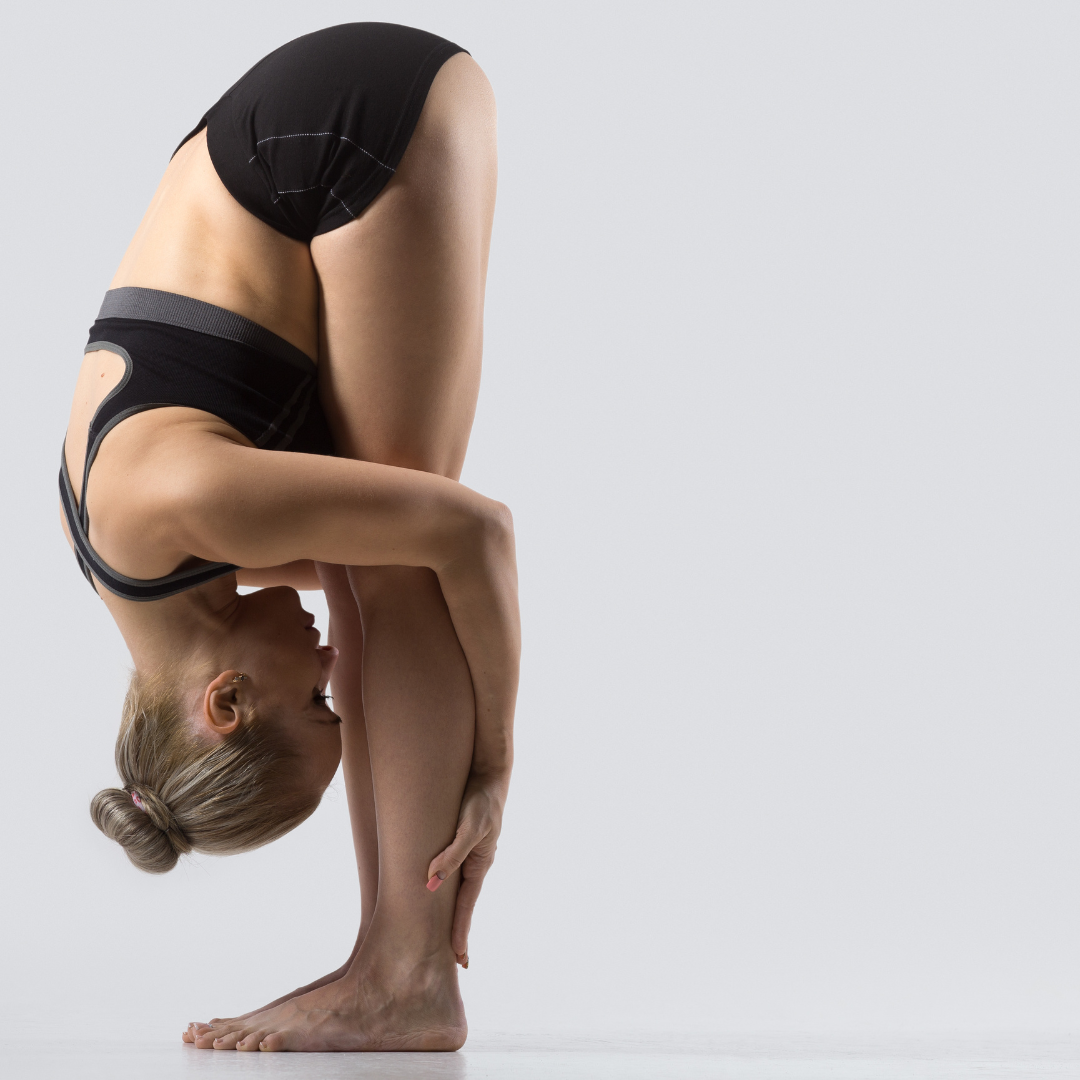
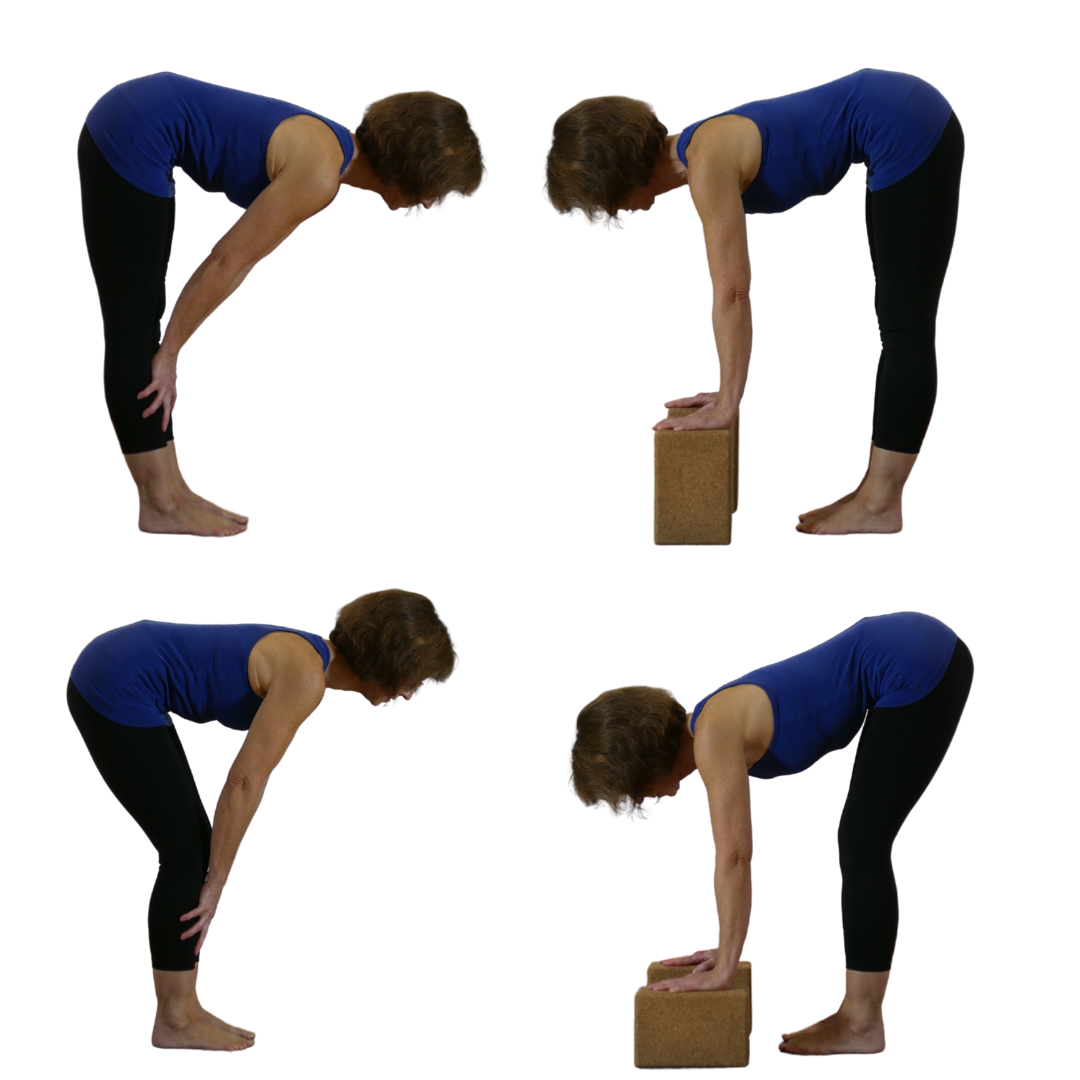
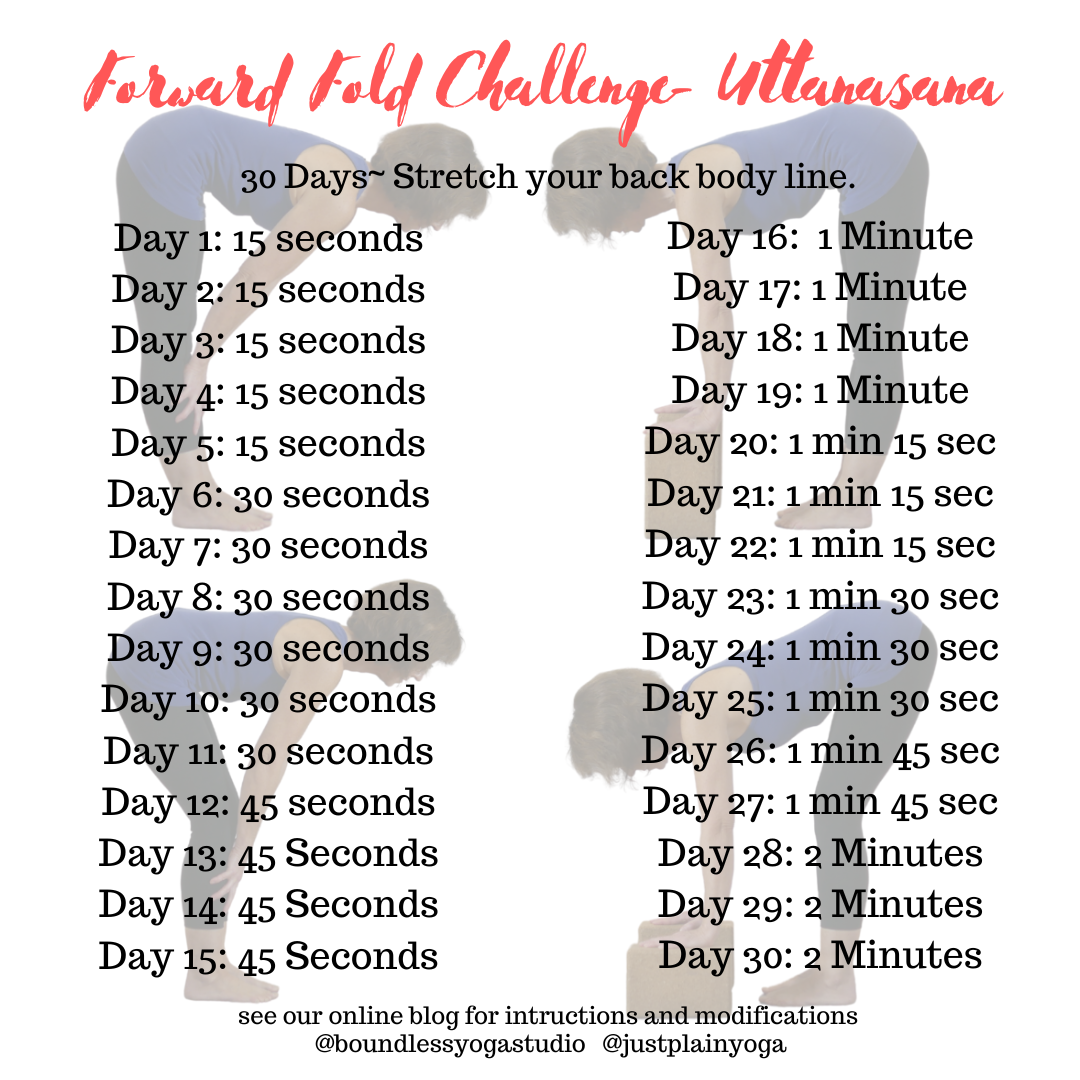
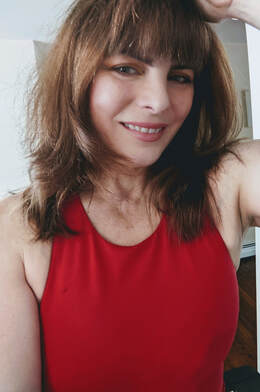
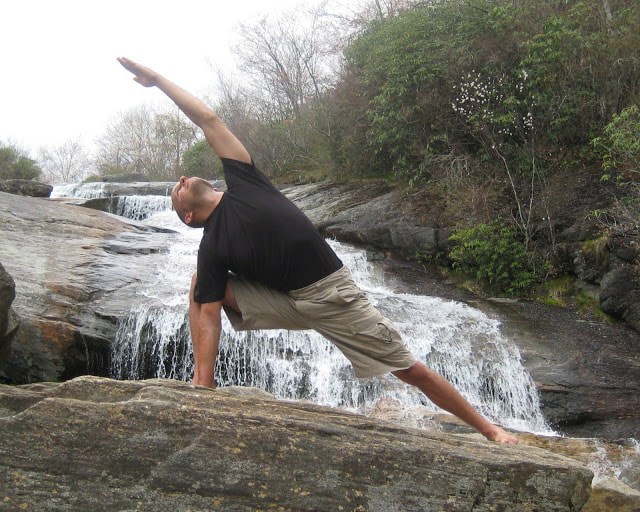
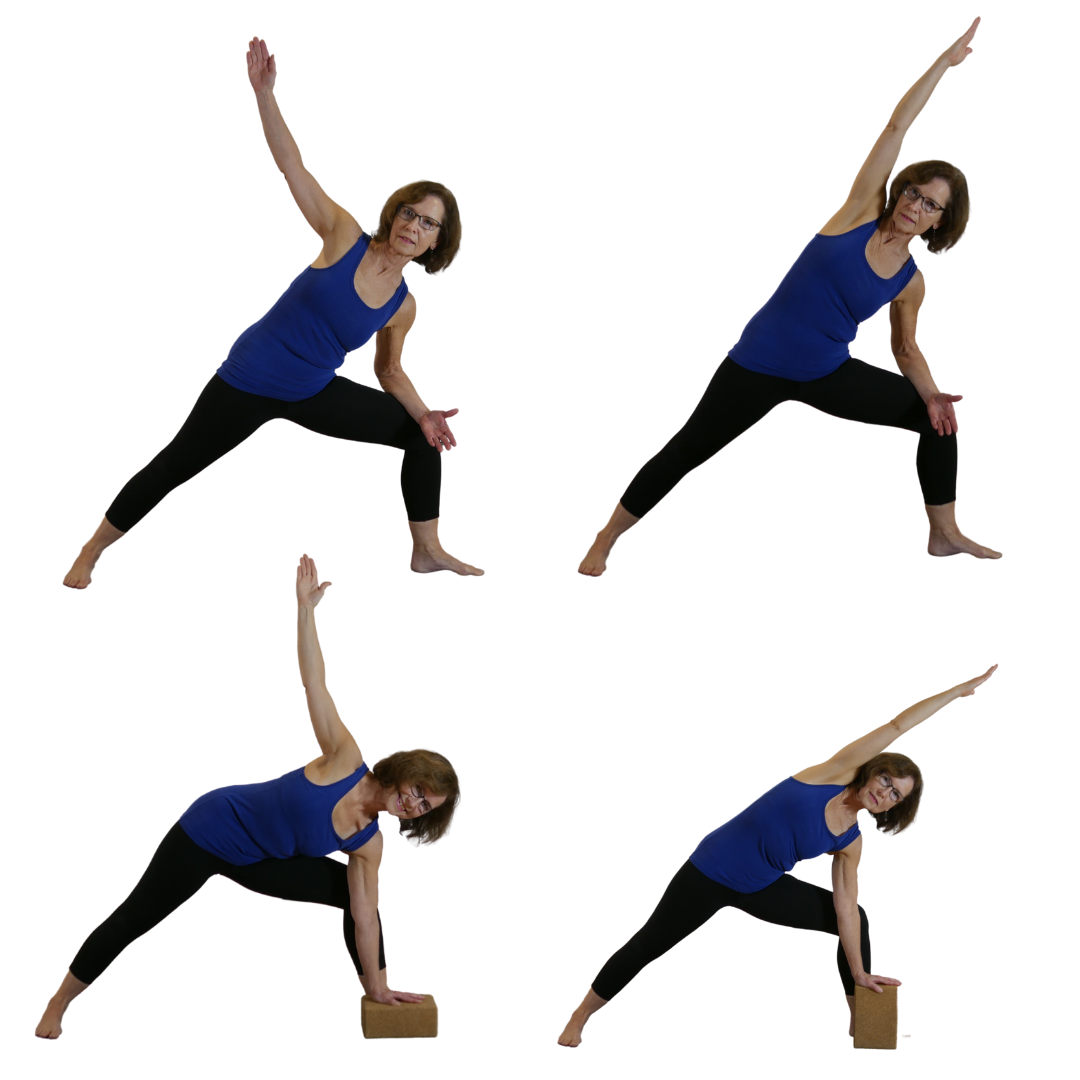
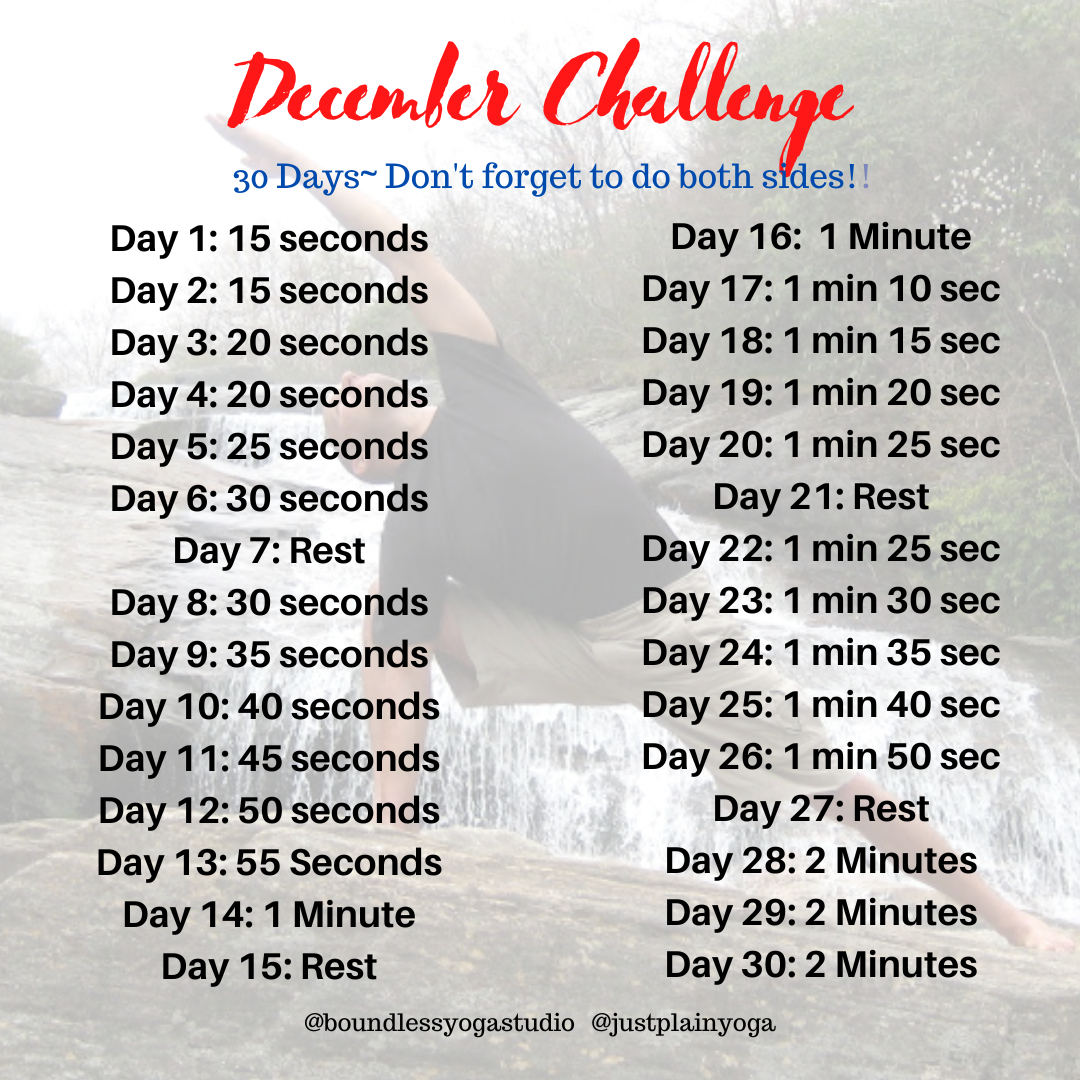
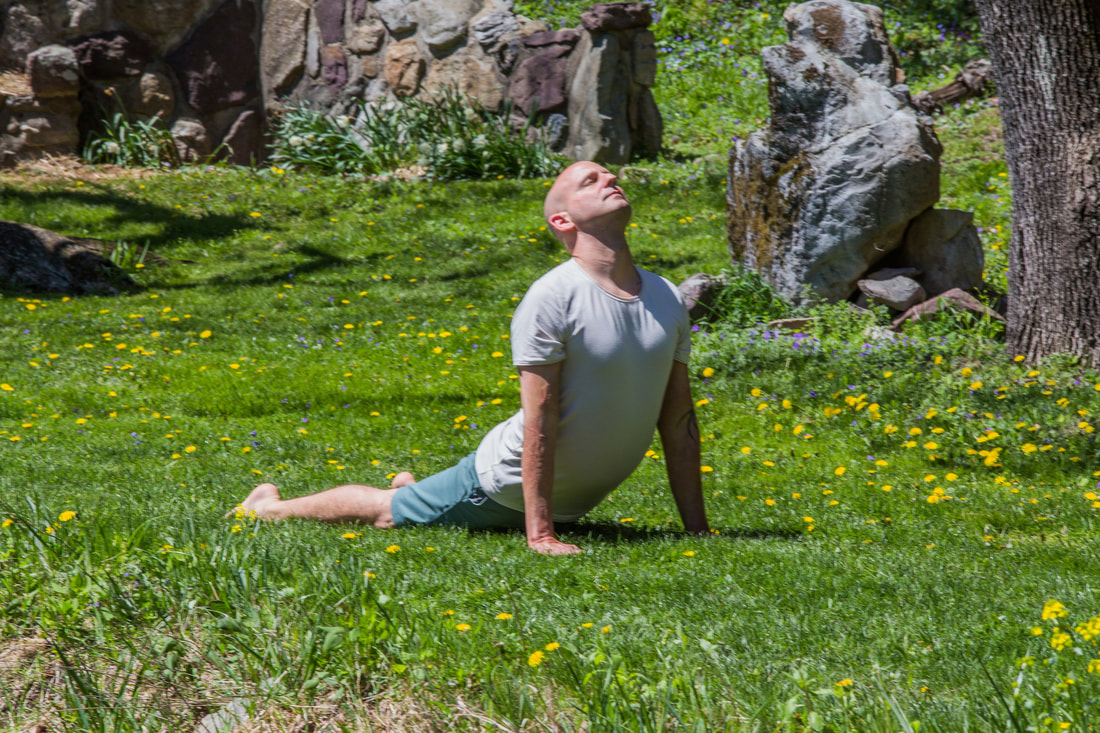
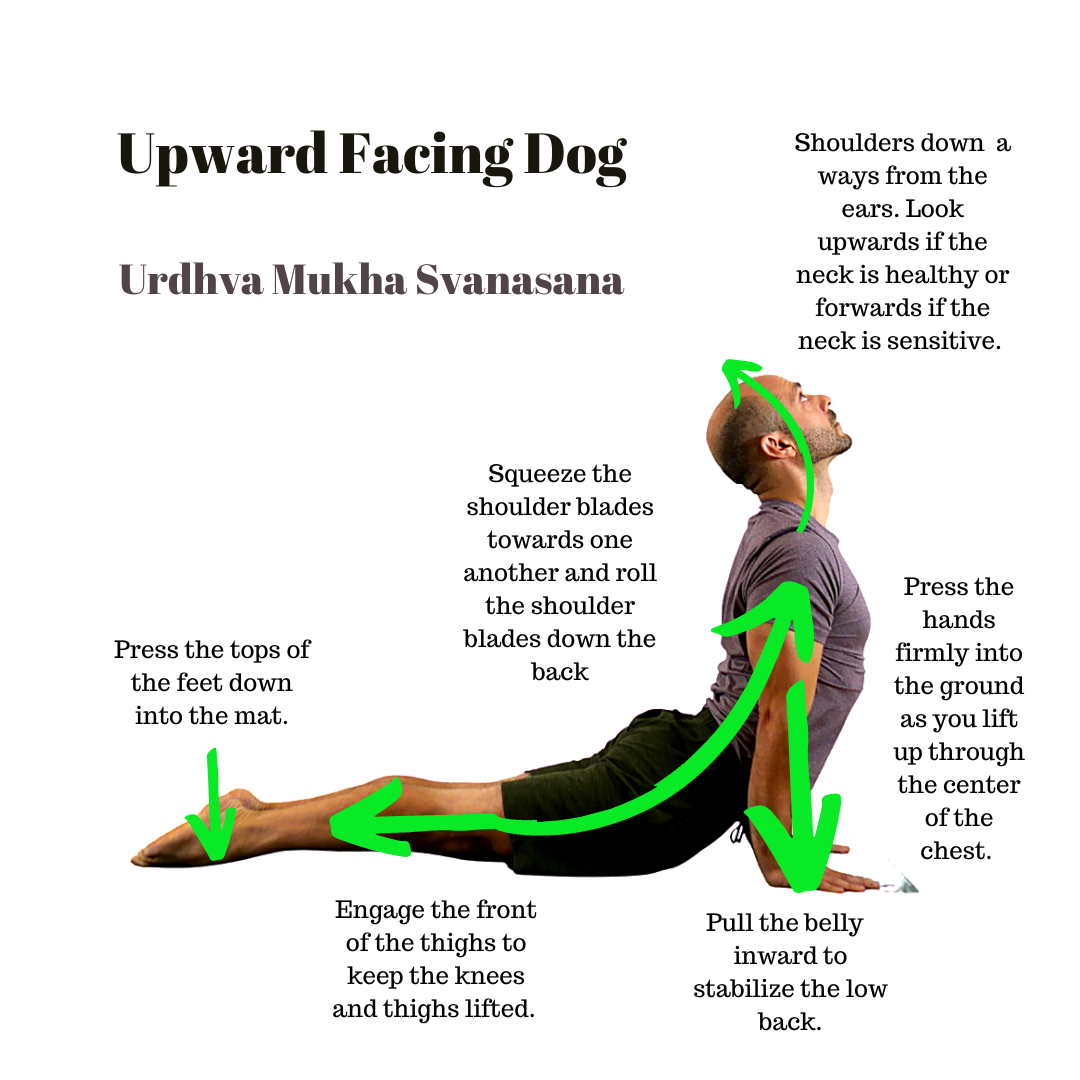
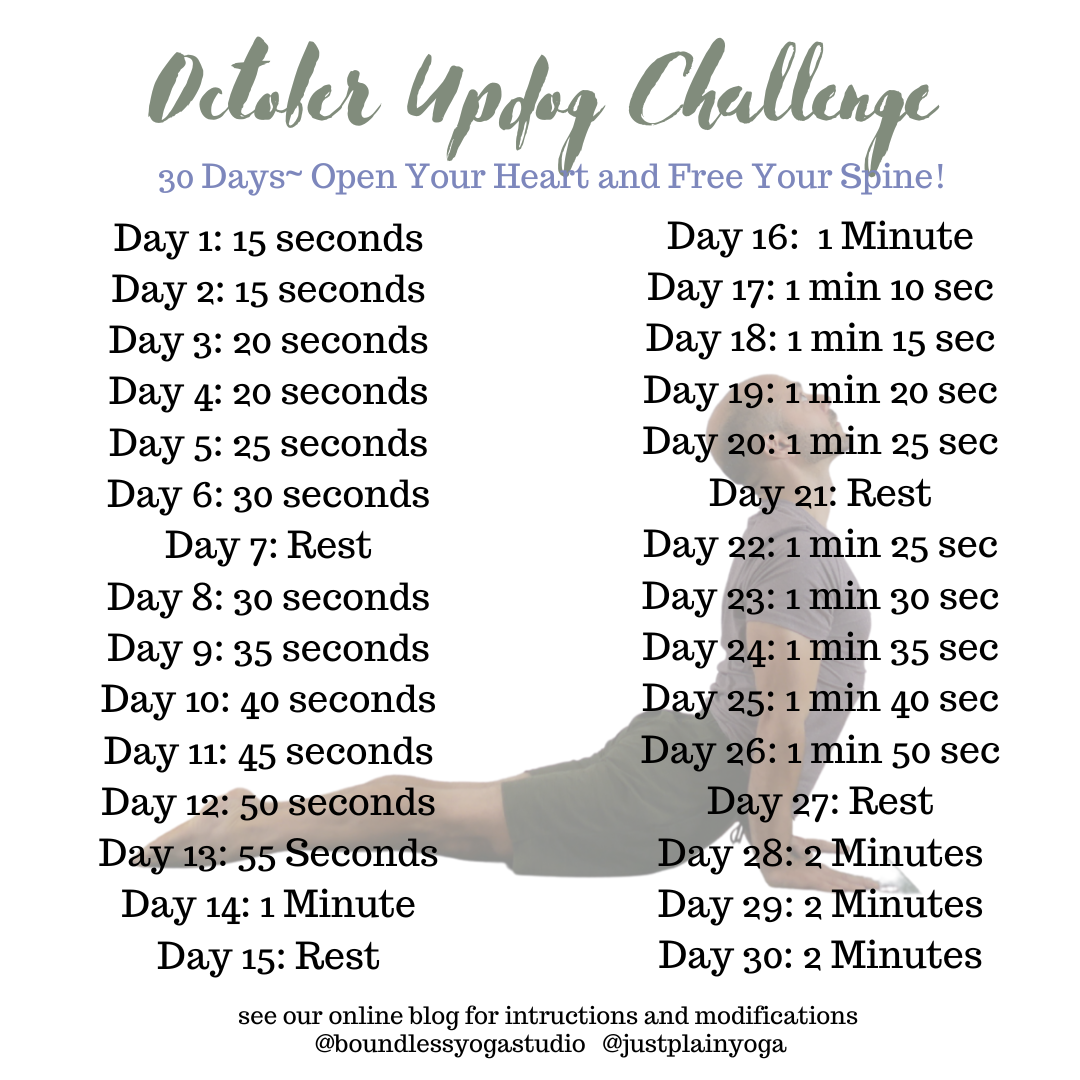
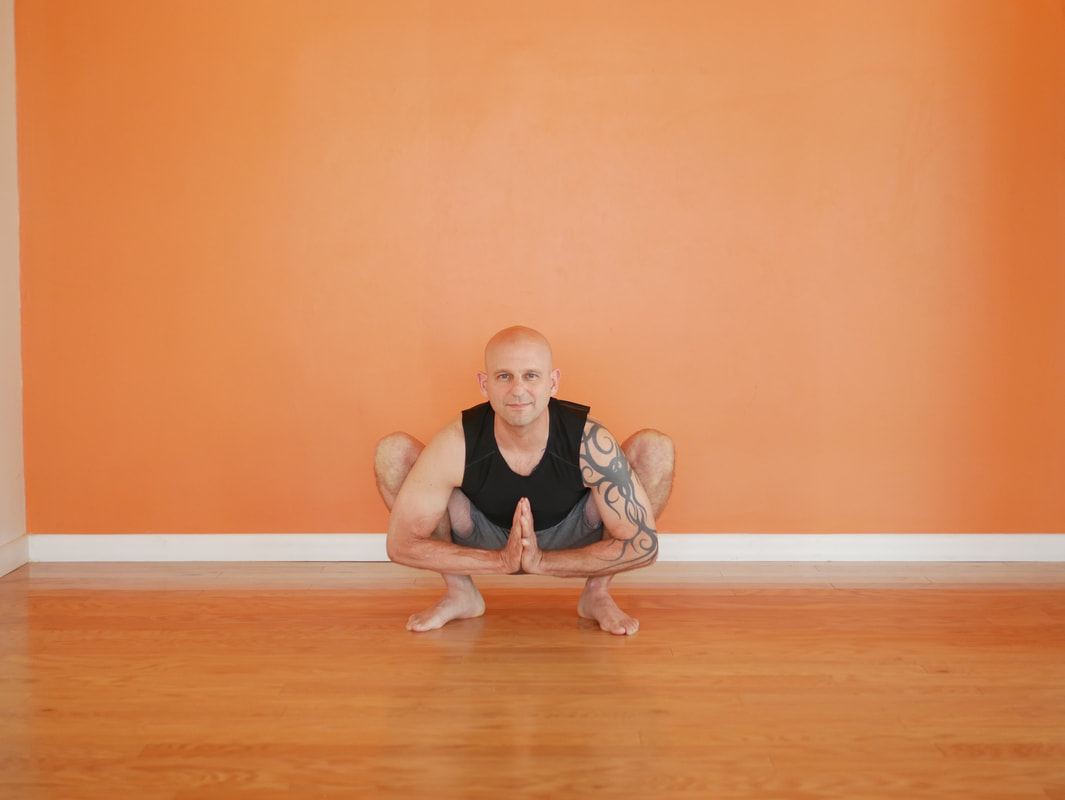
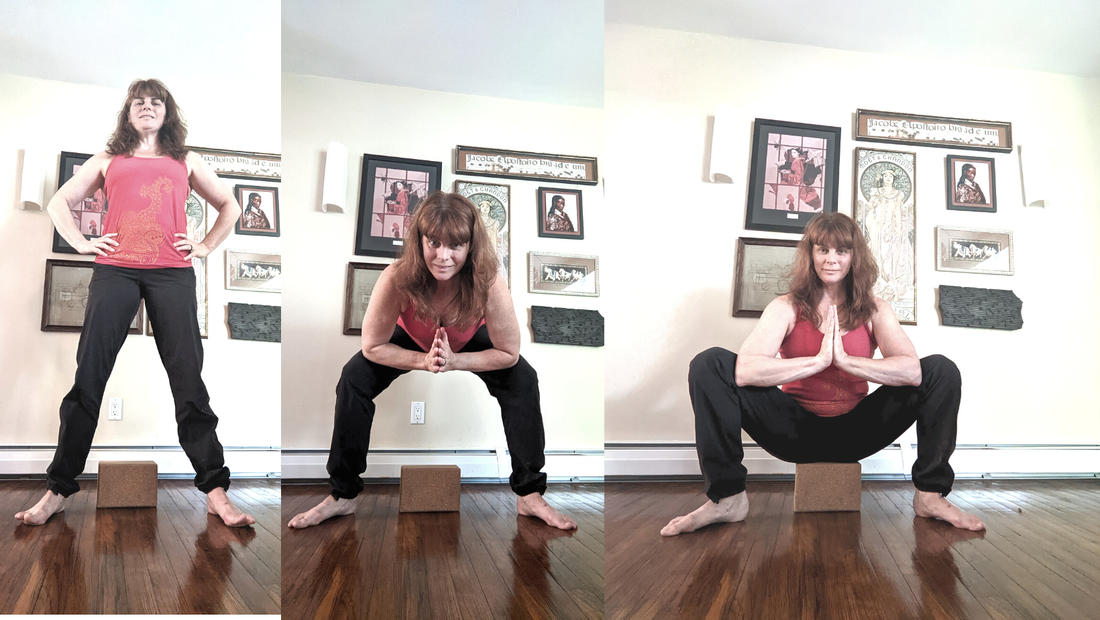
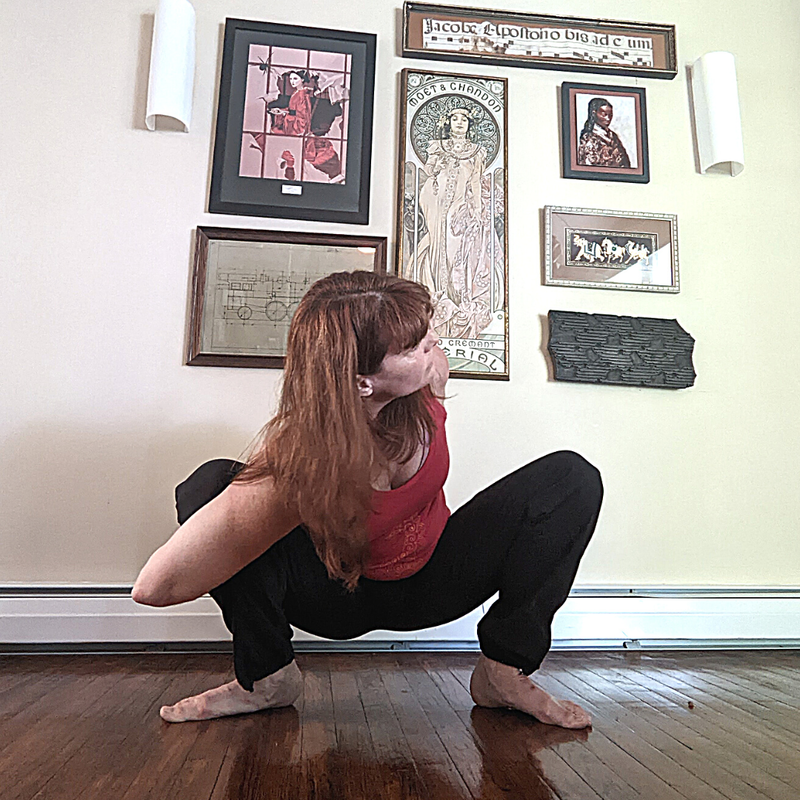
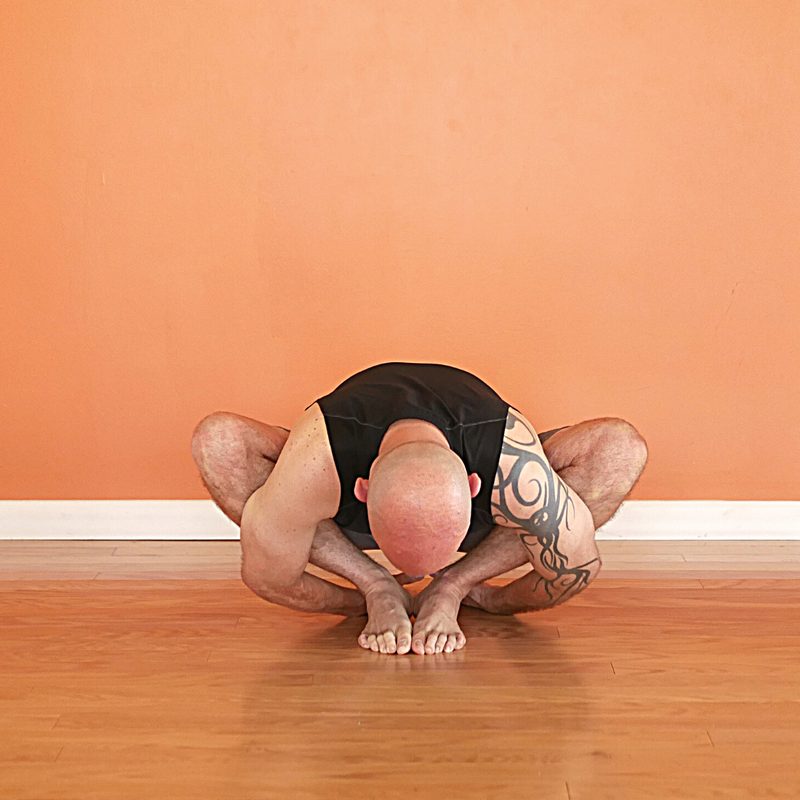
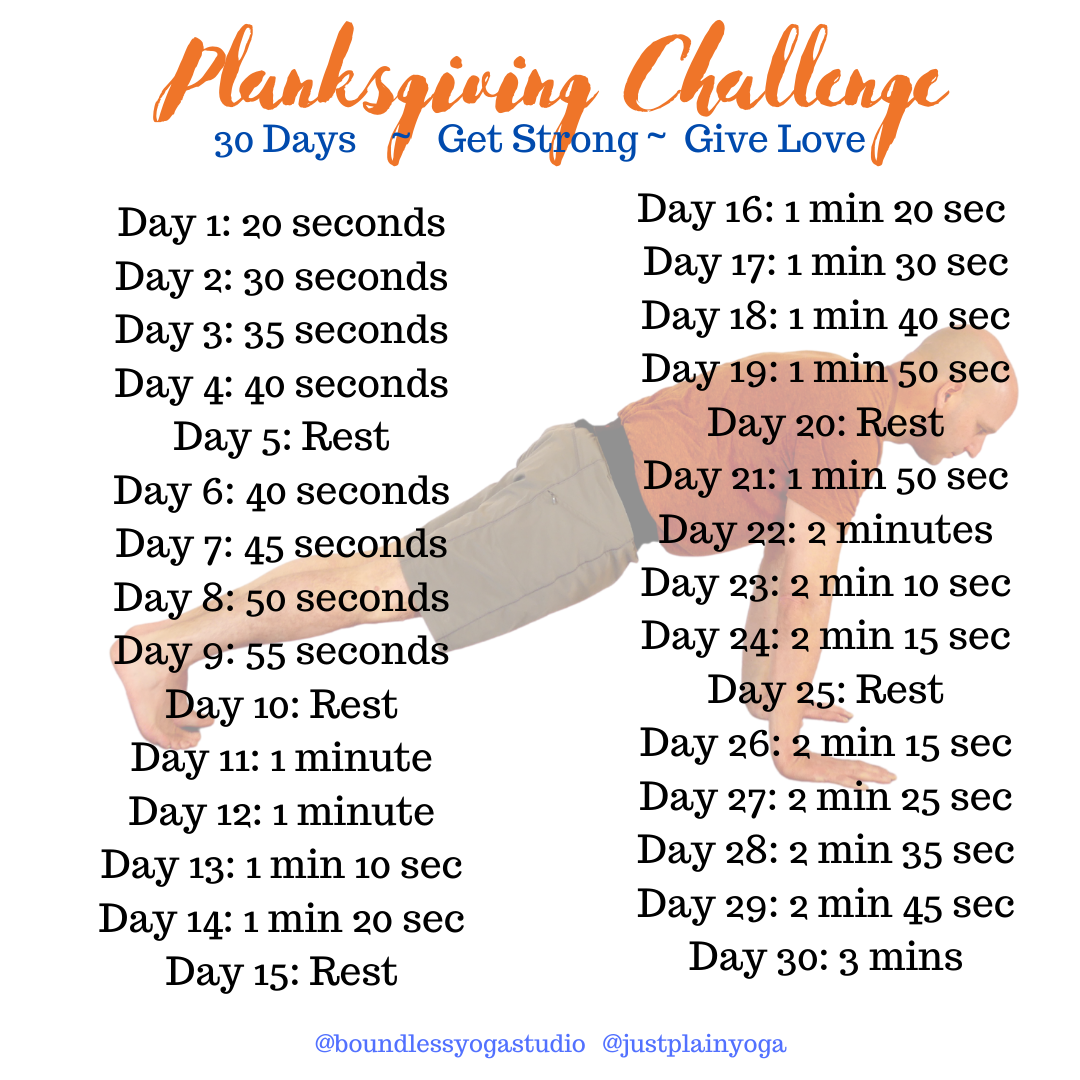
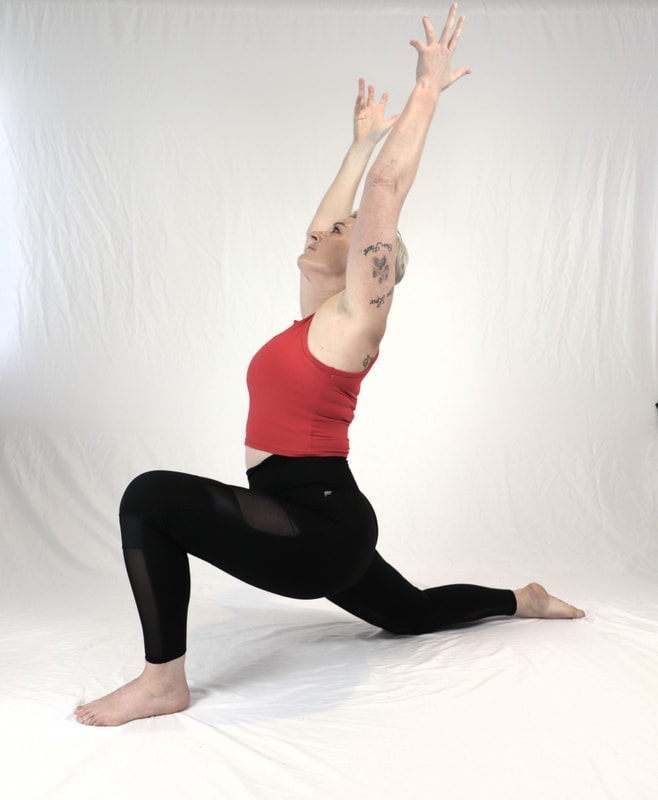
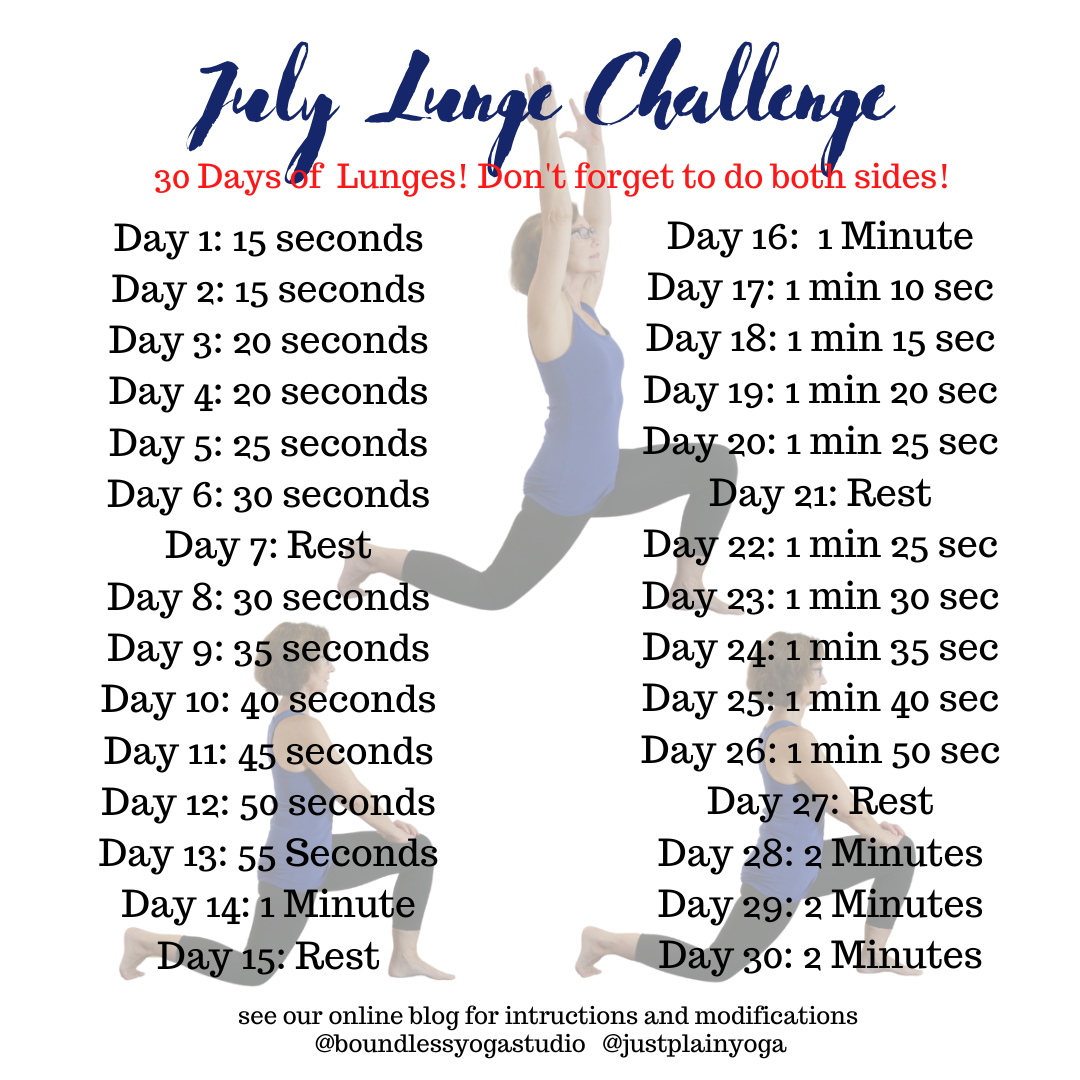
 RSS Feed
RSS Feed